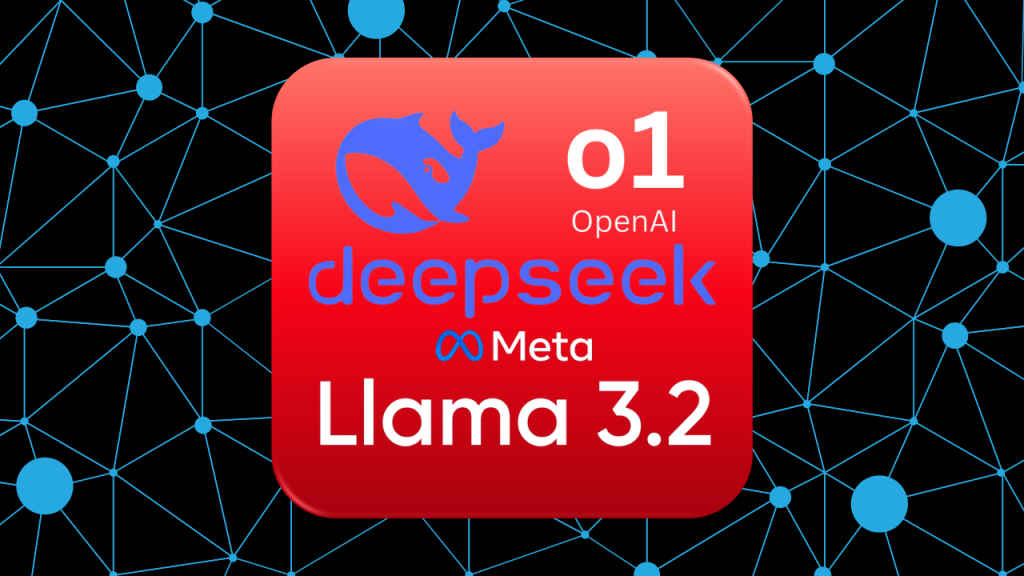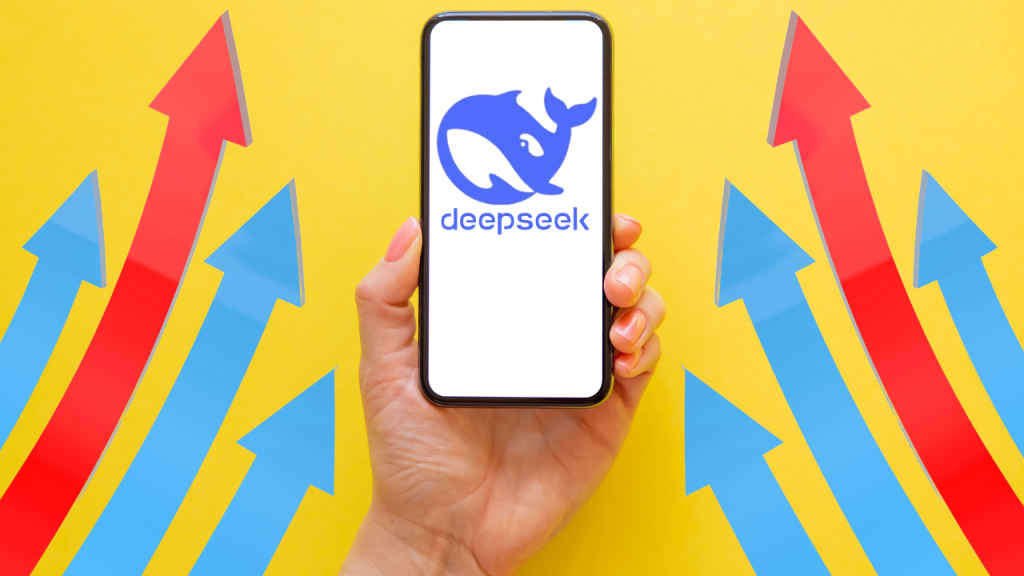DeepSeek is call to action for Indian AI innovation, says Gartner

Built at an estimated cost of $6 million, DeepSeek’s model challenges the perception that modern AI requires enormous resources. For India, this development is both an inspiration and a challenge, prompting a reassessment of its AI strategy.
Arun Chandrasekaran, Distinguished VP Analyst at Gartner, offers valuable insights into what DeepSeek’s success means for India and the steps needed to establish itself as a global AI leader.
DeepSeek’s AI significance and lessons for India
DeepSeek has demonstrated that high-quality AI models can be developed outside traditional hubs like the United States. Its R1 model has been lauded for its performance on benchmark tests and its open-source release under the permissive MIT licence, which allows developers worldwide to access and build upon it.
Also read: DeepSeek AI: How this free LLM is shaking up AI industry

Chandrasekaran described DeepSeek’s achievement as “phenomenal,” noting that it exemplifies how software and algorithmic innovation can often compensate for hardware limitations. However, he cautioned against taking the reported $6 million cost at face value. “It’s hard to gauge the actual cost of building DeepSeek because we don’t know if this figure includes pre-runs or other hidden expenses,” he explained.
Regardless, the model’s success underscores a critical lesson: efficiency in scaling AI is becoming more important than brute computational power. For India, where resource constraints are a reality, DeepSeek offers a blueprint for innovation within limitations.
Chandrasekaran observed that if DeepSeek relied on older-generation GPUs, it highlights the importance of deep research knowledge and access to prevailing techniques in the field. “The only way to build a state-of-the-art model with limited infrastructure is through software ingenuity,” he said.
India’s current position in AI development
India has long been recognised for its IT expertise and engineering talent. Government initiatives like the National Strategy for Artificial Intelligence and the IndiaAI Mission have laid a foundation for AI adoption across sectors such as healthcare and agriculture.
Also read: DeepSeek R1: A wake-up call for Indian AI ambition, say startup investors
However, foundational research remains an area where India lags behind global leaders like China and the United States. One of the primary challenges is infrastructure. High-performance computing resources such as GPUs are scarce, and there is limited investment in data centres and energy-efficient systems.
Chandrasekaran emphasised that robust infrastructure is essential for fostering an ecosystem where software innovation can thrive. “These clusters are extremely power-hungry,” he noted. “Investments in cooling technologies and sustainable energy solutions are critical.”

Another area requiring attention is research funding. While countries like China have heavily invested in academic research through state-backed initiatives, India’s R&D spending remains below 1% of GDP — far lower than global averages.
Chandrasekaran argued that deep investments in research are crucial for building foundational capabilities in AI. Additionally, talent development needs to be prioritised. Institutions like IITs and IISc produce world-class engineers but have limited capacity relative to India’s population size.
“The number of computer science seats at IITs or IISc is a drop in the bucket compared to what’s needed,” Chandrasekaran remarked.
AI opportunities for India
Despite these challenges, Chandrasekaran sees immense potential for India to carve out a unique role in the global AI landscape. He believes constraints such as purchasing power parity can drive more efficient and frugal innovation.
Also read: DeepSeek praised by Silicon Valley: The $6 million AI disruption
“Constraints are not always a curse; sometimes they can be a blessing,” he said. One opportunity lies in developing smaller, localised models tailored to Indian languages and use cases. Such models could address unique socio-economic challenges while fostering innovation within resource limitations.
Chandrasekaran also emphasised the importance of building a robust developer ecosystem: “India needs an environment where developers can create B2B and B2C applications using homegrown models.” Furthermore, public-private partnerships could accelerate innovation by bridging gaps between academia, industry, and government bodies.
Future of AI development
Chandrasekaran believes that future advancements in AI will prioritise efficiency over brute force approaches that rely on massive compute power and data volumes. He noted that “leaner models” will become increasingly important as developers aim to optimise performance without escalating costs.
On a broader level, he reflected on how AI could reshape human identity itself. While he sees immense potential for AI to enable humans to reach their full potential, he also expressed concerns about its impact on creativity and purpose-driven tasks traditionally associated with human identity.
Also read: Meet Janus-Pro-7B: DeepSeek’s free AI image generation tool

“If AI becomes so good that it takes over tasks we enjoy or aspire to do,” he said, “it raises existential questions about what it means to be human.”
DeepSeek’s rise serves as both an inspiration and a challenge for India. It highlights what can be achieved with strategic investments and efficient innovation but also underscores gaps in India’s current approach to foundational AI research.
As Arun Chandrasekaran aptly put it: “The task ahead is enormous, but so is the opportunity.” By addressing its challenges head-on — through investments in infrastructure, talent development, and research funding — India can transform itself into a global leader in artificial intelligence.
With visionary leadership and collaborative efforts across sectors, India has the potential not only to catch up but also to lead in areas where it has unique strengths — paving the way for a future where technology serves as a force for inclusive growth and societal advancement.
Also read: DeepSeek AI: Beyond ChatGPT, 5 ways DeepSeek is rewriting AI rules
Sagar Sharma
A software engineer who happens to love testing computers and sometimes they crash. While reviving his crashed system, you can find him reading literature, manga, or watering plants. View Full Profile




